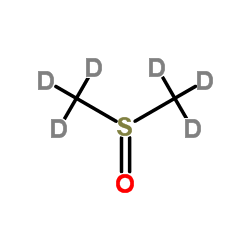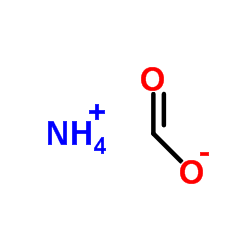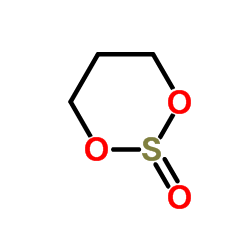| Structure | Name/CAS No. | Articles |
|---|---|---|
 |
Chloroform
CAS:67-66-3 |
|
 |
chloroform-d
CAS:865-49-6 |
|
 |
DIMETHYL SULFOXIDE-D6
CAS:2206-27-1 |
|
 |
Acetonitrile
CAS:75-05-8 |
|
 |
Methanol
CAS:67-56-1 |
|
 |
Dimethyl sulfoxide
CAS:67-68-5 |
|
 |
Formic Acid
CAS:64-18-6 |
|
 |
ethyl acetate
CAS:141-78-6 |
|
 |
Formic acid ammonium salt
CAS:540-69-2 |
|
 |
1,3,2-Dioxathiane 2-oxide
CAS:4176-55-0 |